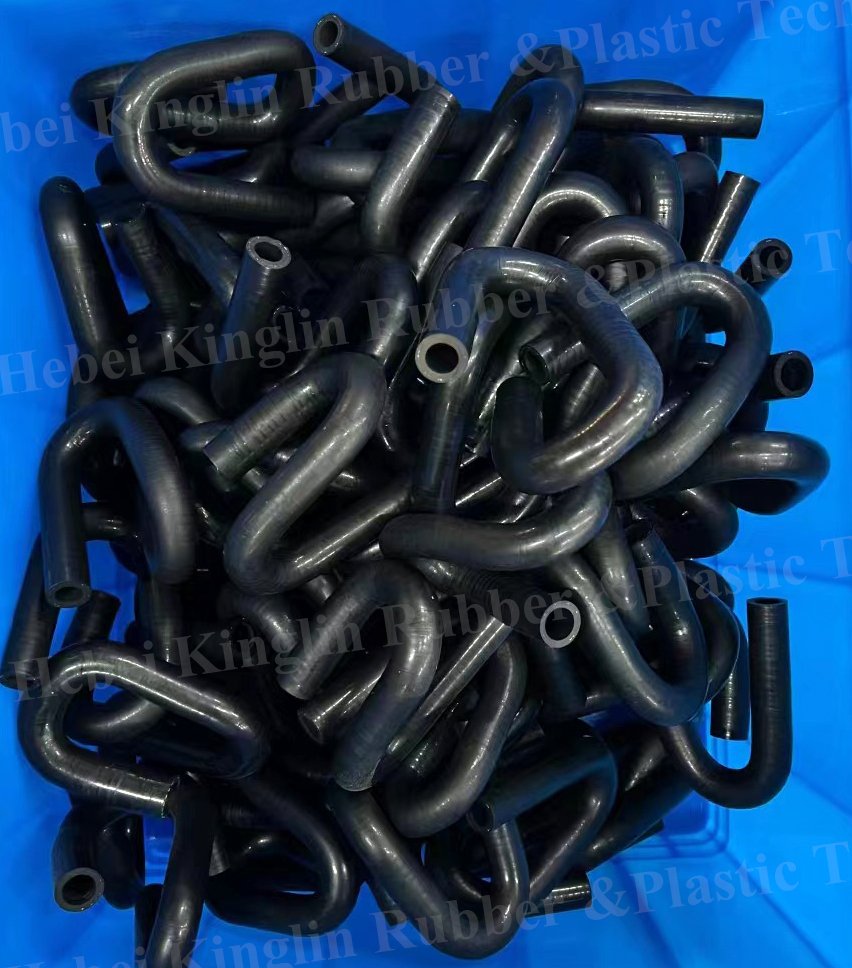Silicone hoses are used in different applications such as automotive, food processing, industrial sector, medical, etc.
Silicone hoses are increasingly being used instead of rubber hoses in different types of vehicles, hot and cold air extraction, and generator sets.
They can operate over a wide temperature range and function well up to 500 degrees Fahrenheit.
These silicone hoses are highly durable and are specially designed reinforcements, they are manufactured with 100% silicone for increased tolerance and longer life.
Silicone hoses last longer than rubber hoses and with proper care, they can last for years or even decades, although the upfront cost of silicone hoses can be high due to their longevity. On a per-mile basis, they will be cheaper than rubber hoses.The long life of these silicone tubes is due to their ability to withstand higher temperatures, greater flexibility and elasticity, and their imperviousness to environmental factors such as humidity, drought, UV rays, and ozone
How often should the silicone tube be replaced?
In general, silicone hoses have a much longer lifespan, and you should regularly inspect your silicone hoses for signs of wear or damage.
If the hose is flexible and free of wear, it does not need to be replaced. However, it must be replaced if the hose feels stiff, cracked, or brittle.



